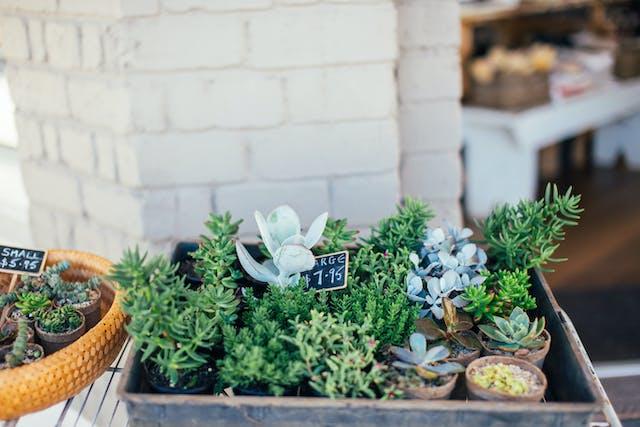
Introduction
Container gardening is a fantastic way to enjoy the benefits of gardening, even if you have limited space. Whether you live in an apartment or have a small backyard, growing plants in containers allows you to create a beautiful and productive garden. In this article, we will discuss some essential tips for successful container gardening in small spaces, which will inspire teenagers to embark on their gardening journey.1. Choose the Right Containers
The first step to successful container gardening is choosing the right containers. Opt for containers that have drainage holes to prevent waterlogging. Additionally, consider the size of the container, ensuring it is appropriate for the plant's root system. Lightweight containers made of plastic or resin are ideal for balconies and small spaces where weight is a concern.
2. Select the Right Plants
When gardening in small spaces, it is crucial to choose plants that are suitable for container gardening. Select plants that have compact or dwarf varieties, as they require less space to grow. Herbs, salad greens, cherry tomatoes, peppers, and flowers like marigolds and petunias are excellent choices for container gardening.
3. Provide Adequate Drainage
Proper drainage is essential to prevent waterlogged soil, which can lead to root rot. Ensure that your containers have drainage holes at the bottom. You can also place a layer of small stones or broken pottery pieces at the bottom of the container to facilitate drainage.4. Use Quality Potting Soil
Investing in good quality potting soil is crucial for successful container gardening. Avoid using garden soil, as it tends to be too heavy and may not provide adequate drainage. Look for potting soil specifically formulated for container gardening, as it is lightweight, well-draining, and enriched with nutrients.5. Water Regularly
Container plants typically require more frequent watering compared to plants grown in the ground. Check the moisture level of the soil regularly and water when the top inch feels dry. Be careful not to overwater, as it can lead to root rot. Consider using a watering can or a gentle spray nozzle to water the plants evenly.6. Provide Adequate Sunlight
Most plants require at least 6 hours of direct sunlight each day for optimal growth. Place your containers in a location that receives adequate sunlight. If you have limited sunlight in your space, choose plants that can tolerate partial shade, such as leafy greens or herbs like parsley and mint.7. Fertilize Regularly
Container plants rely on the nutrients present in the potting soil, which can deplete over time. Regularly fertilize your container plants with a balanced, water-soluble fertilizer to ensure they receive the necessary nutrients. Follow the instructions on the fertilizer packaging for the appropriate dosage and frequency.8. Prune and Deadhead
Pruning and deadheading are essential maintenance tasks for container plants. Regularly remove any dead or faded flowers to encourage new blooms. Pruning helps control the size and shape of the plant, promoting healthy growth. Use clean and sharp pruning shears to avoid damaging the plant.9. Protect from Pests
Pests can be a challenge in container gardening. Inspect your plants regularly for any signs of pests such as aphids or spider mites. If you notice any infestations, treat them promptly with organic pest control methods or insecticidal soap, which are safe for both plants and the environment.10. Rotate and Refresh
To ensure the long-term success of your container garden, consider rotating your plants every season. This allows the soil to rejuvenate and prevents the buildup of pests and diseases. Additionally, refresh the potting soil every year to replenish nutrients and maintain soil health.Conclusion
Container gardening in small spaces is a wonderful way for teenagers to experience the joy of gardening and beautify their surroundings. By choosing the right containers, selecting suitable plants, providing adequate drainage, and using quality potting soil, teenagers can create thriving container gardens. Regular watering, appropriate sunlight, fertilization, pruning, and pest control are essential for the plants' health and productivity. Remember to rotate and refresh your container garden to maintain soil health and prevent issues. With these tips, teenagers can enjoy the benefits of gardening in even the smallest of spaces.
Article
Be the first comment
Elite Article














